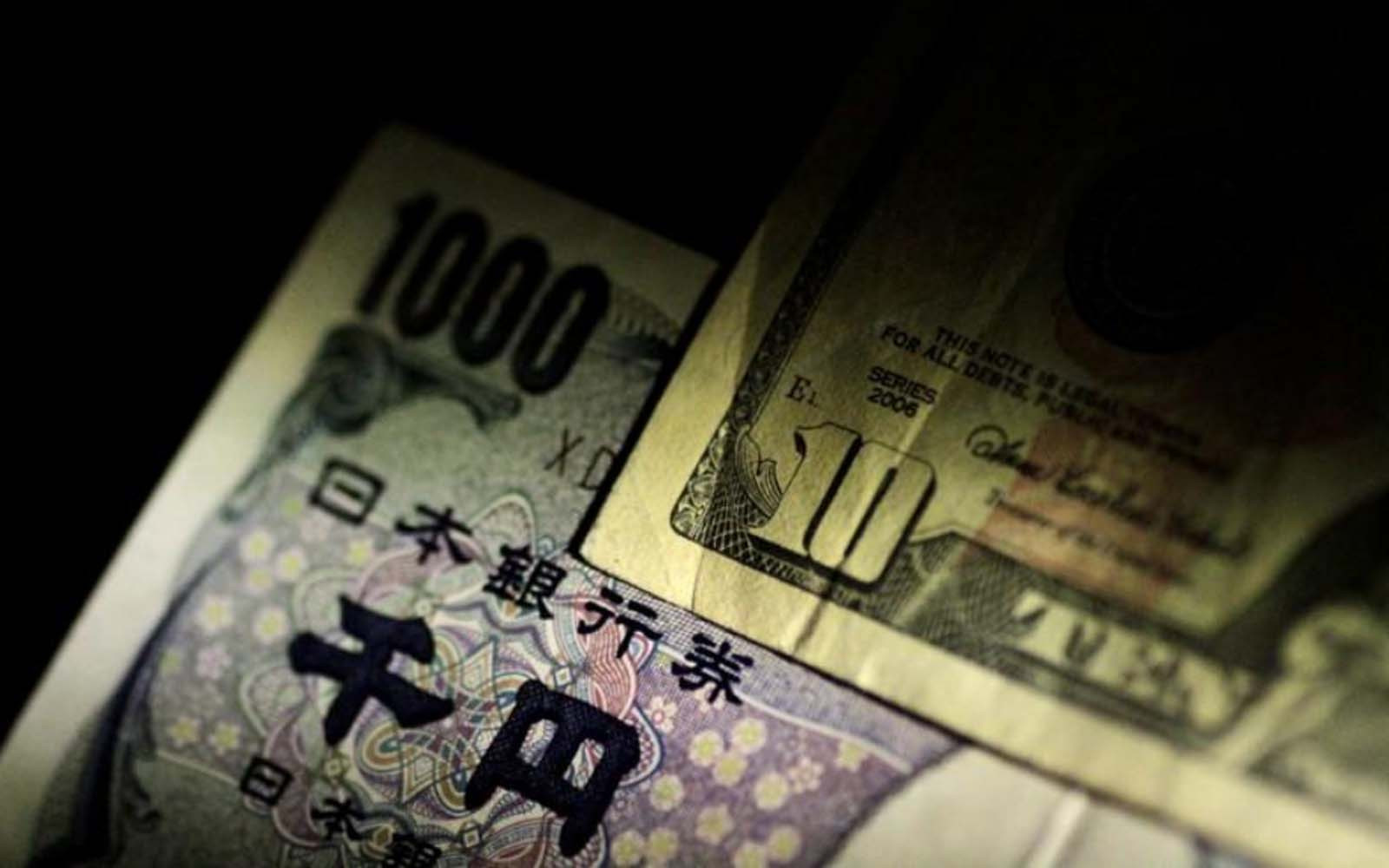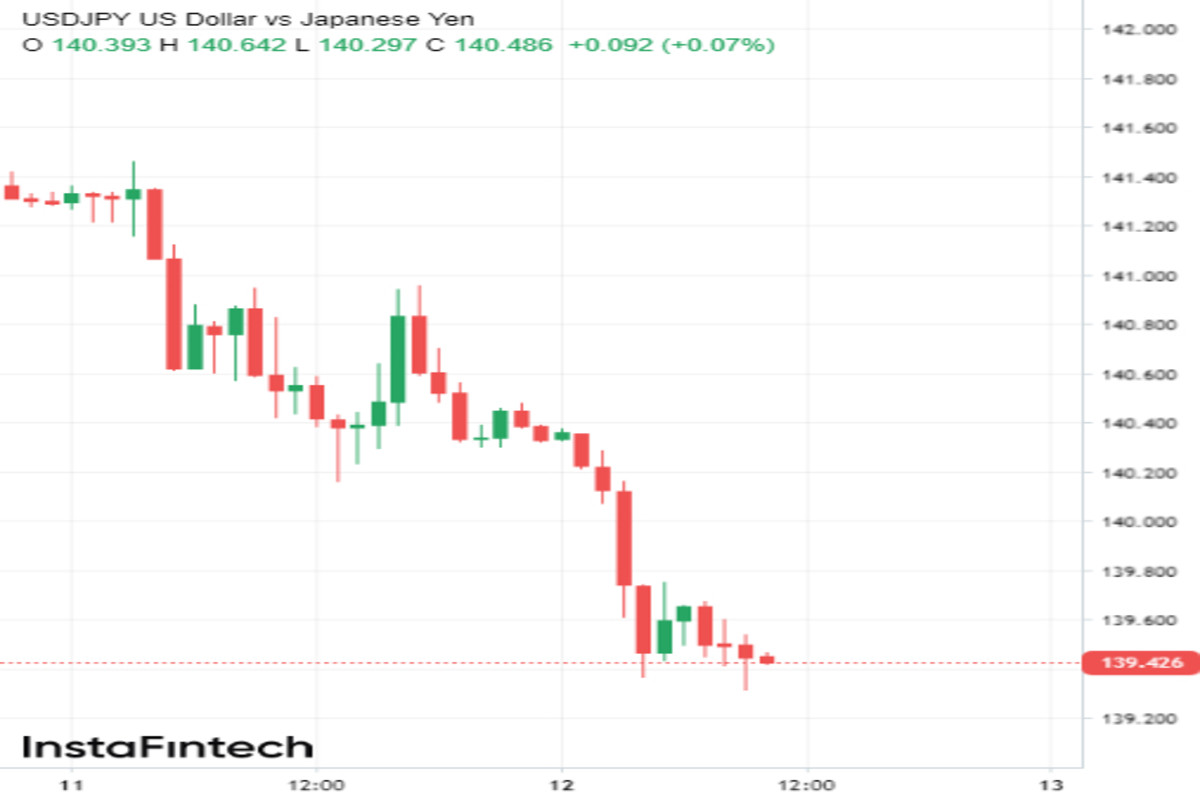
USD/JPY has extended its losing streak for the fifth day in a row. Early on Wednesday, the pair plummeted ahead of the release of the US CPI for June. Analysts believe that weaker data could have a bombshell effect on the market, further undermining the already weak USD. Let us find out how much the greenback risks collapsing against the Japanese currency today and what its future prospects are.
Bearish feast reaches climax
Since the beginning of July, the yen has advanced against the US dollar by more than 3%, outperforming all other major currencies within the Group of 10.
This sudden resurgence of the Japanese yen is attributed to growing investor optimism regarding a fundamental shift in favor of JPY.
The Japanese yen has been under considerable pressure for the past 18 months due to a substantial monetary policy gap between Japan and the United States.
While the Bank of Japan (BOJ) has maintained its ultra-loose monetary policy, its American counterpart has aggressively raised interest rates to rein in mounting inflationary pressures.
Now, with the US experiencing a steady disinflationary trend, the Fed's target level is almost achieved. Meanwhile, in Japan, there are signs that price growth could become sustainable, which made USD/JPY lose its upward momentum.
The US dollar's strong downward movement began at the end of last week after the release of a weak nonfarm Payrolls report. The data showed the weakest growth in non-farm employment in the US in the past 2.5 years.
"Friday's nonfarm payrolls report revealed, for the first time since COVID, potential cracks in the US labor market, hinting that the Fed may have to settle on just a single rate hike in the second half of the year," said Matt Weller, global head of research at Forex.com and City Index noted.
The weakening hawkish sentiment among traders regarding the Fed's further monetary policy has also been affected by recent comments by various FOMC policymakers.
At the start of this week, several officials from the US central bank indicated that further rate hikes might be necessary to tame inflation. However, they emphasized that the end of the current tightening cycle is fast approaching.
Such rhetoric has convinced numerous investors that the Fed has limited room for additional rate hikes.
Currently, the futures market assesses the probability of a July hike at over 80%, but only 35% of traders believe more rate hikes were possible.
The belief that the rate hike this month will be the last in the current Fed tightening cycle was confirmed by the monthly survey conducted by the Federal Reserve Bank of New York, which was published last Monday.
The report showed that annual consumer inflation expectations fell last month to 3.8%, the lowest level since April 2021.
Today, speculations about the Fed raising rates only once in the second half of the 2023 could significantly intensify if the CPI data for June turn out to be cooler than expected.
Most experts expect CPI to slow down significantly in June to 4% from 3.1%, while the core component, which excludes food and energy prices, is expected to decline moderately to 5.0% from 5.3%.
The resilience of the core CPI is likely to keep investors' outlook for a July hike intact. But the strong downward trend in overall inflation is likely to reinforce the view that the Fed's aggressive policy is almost at the finish line.
If the inflation release turns out to be much cooler than predicted, it would be a real knockout blow for the dollar. The greenback will fall across the board, especially against the yen.
Despite the fact that USD/JPY looks extremely oversold now (at the time of writing the pair spiked by 0.6% to 139.60), most analysts see its significant downside potential.

The bears are likely to maintain their advantage in the short term. This is reflected by the Relative Strength Index, which is now on a steep negative tilt, as well as the MACD indicator, which is showing upwardly pointing red bands.
According to the most unfavorable forecasts, the quote may fall to 139.00 in the near future.
Prolonged downtrend
According to analysts, USD/JPY is currently heavily oversold, which is likely to be exacerbated further by today's US inflation data. This will eventually lead to a short-term upward correction of USD.
However, in the medium term, USD/JPY will continue its strongly bearish trend, despite the upcoming rate hike in the US.
The yen will be supported not only by expectations of more dovish decisions by the Fed, but also by the market's hopes for imminent changes in the BOJ's monetary policy.
Analysts at Rabobank believe that the BOJ will most likely maintain its ultra-soft policy at its July meeting. However, they do not rule out that the regulator may raise its inflation outlook this month and provide some guidance on the potential normalization of its course in the foreseeable future.
At June meeting of the BOJ, some board members talked about upward risks to inflation, as wage hikes have already become inherent at many Japanese companies.
"We're seeing positive signs in inflation and wages. But I'm not sure whether they are enough to make the BOJ suddenly turn hawkish on policy," Seisaku Kameda, former top economist of the BOJ said.
Positive wage movements could bring Japan to the steady level of inflation necessary for a hawkish policy shift. All this is unlikely to happen overnight, so any groundbreaking changes in the regulator's stance should not be expected at this stage.
The market now considers the possibility of smaller hawkish moves by the BOJ such as YCC adjustments to be highly likely.
Following last week's strong May Japanese wage report, investors have been actively betting on the BOJ adjusting its yield curve control mechanism in July.
The recent sharp jump in 10-year JGB yields has also favored this scenario. At the start of the current week, the yield soared to its highest level since April.
Experts believe that the Japanese yen will receive significant support from higher expectations of a YCC adjustment ahead of the July meeting of the BOJ. If the regulator does decide to take such a step, USD/JPY may finally lose its footing and plummet.
According to economists surveyed by Bloomberg, USD/JPY is expected to reach 135 in 6 months. Analysts at Capital Economics predict that USD/JPY will fall to 130 by the end of the year, while their colleagues at UBS anticipate a decline of more than 9% from current levels to 128 by December.
Conclusions
As we can see, most experts believe that the dollar-yen pair will likely continue to slide down in the medium term. The decline of the US dollar will be facilitated by the fundamental background gradually changing in favor of the Japanese yen.





















